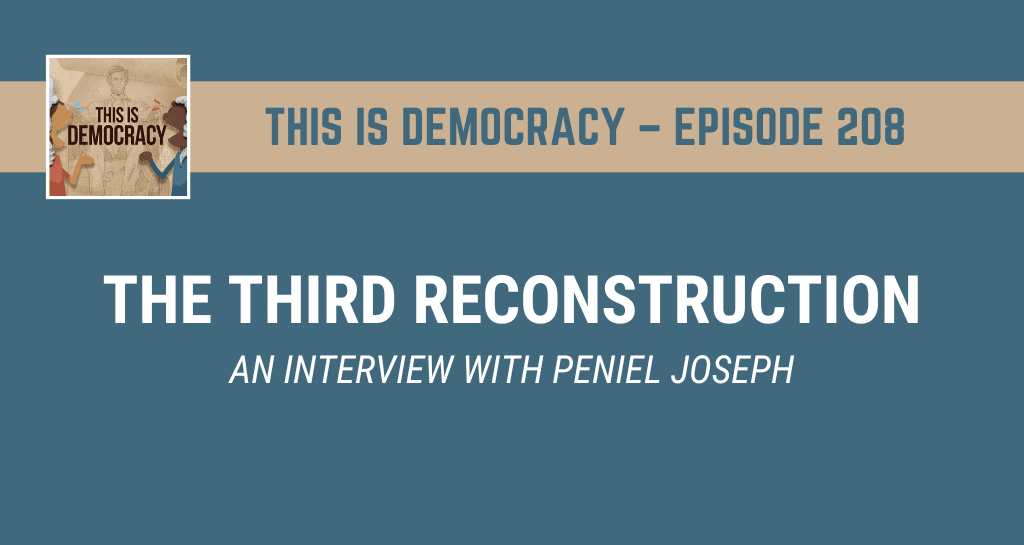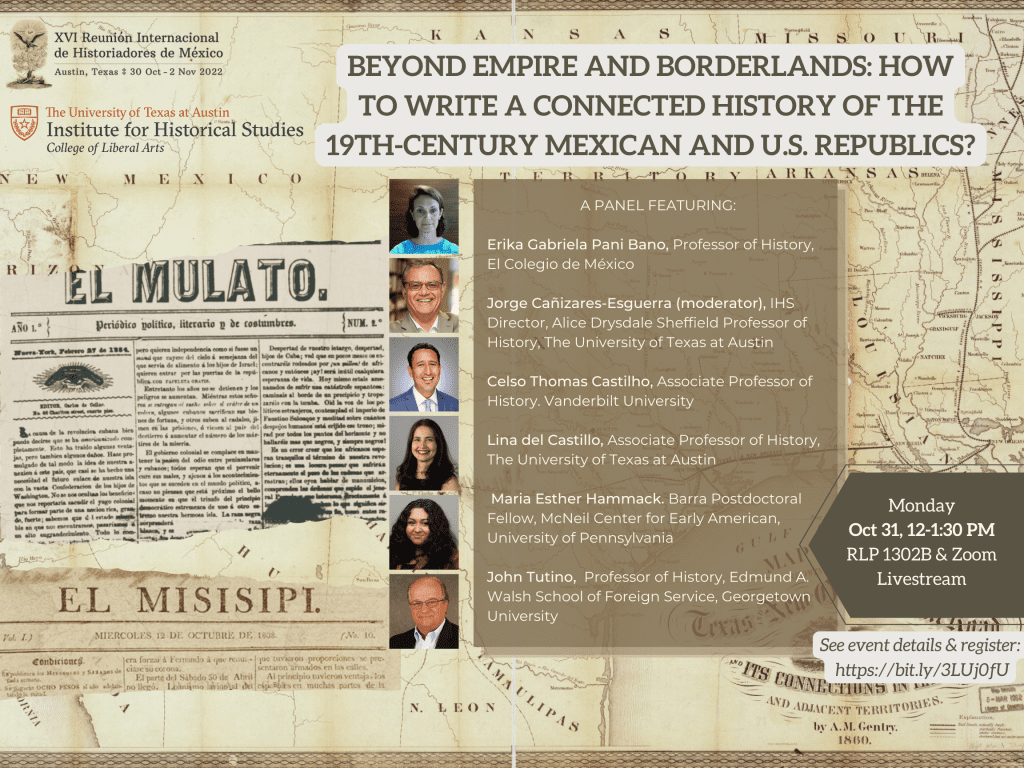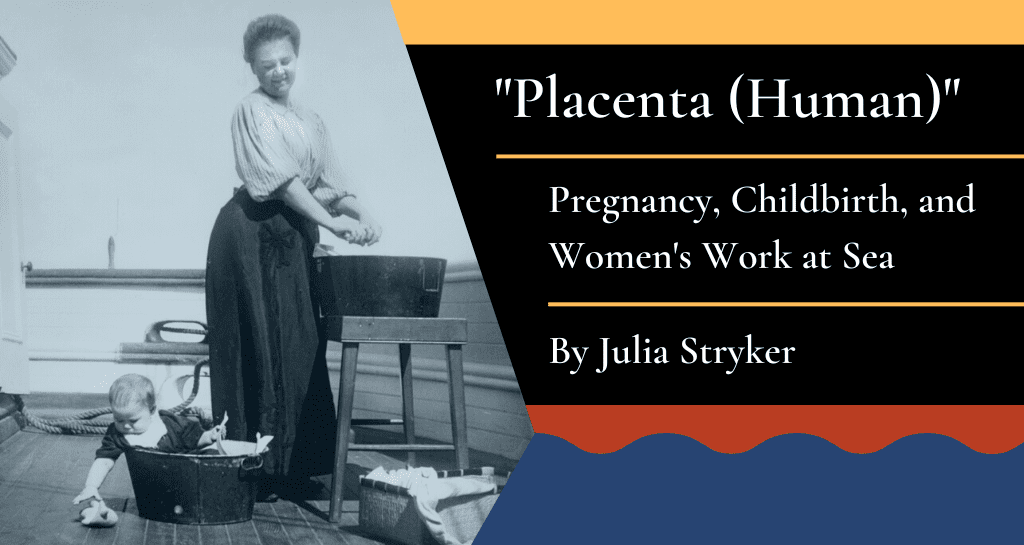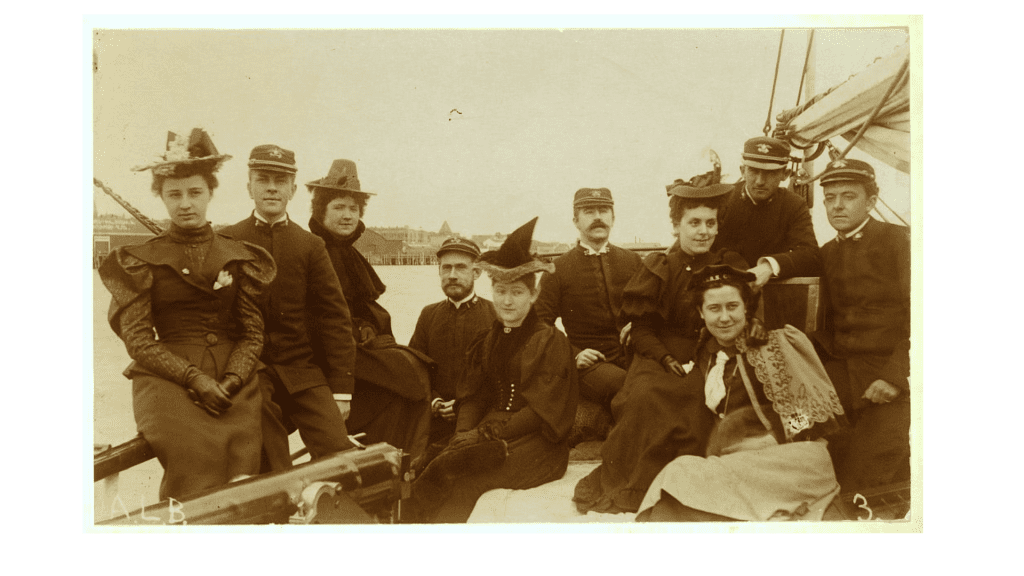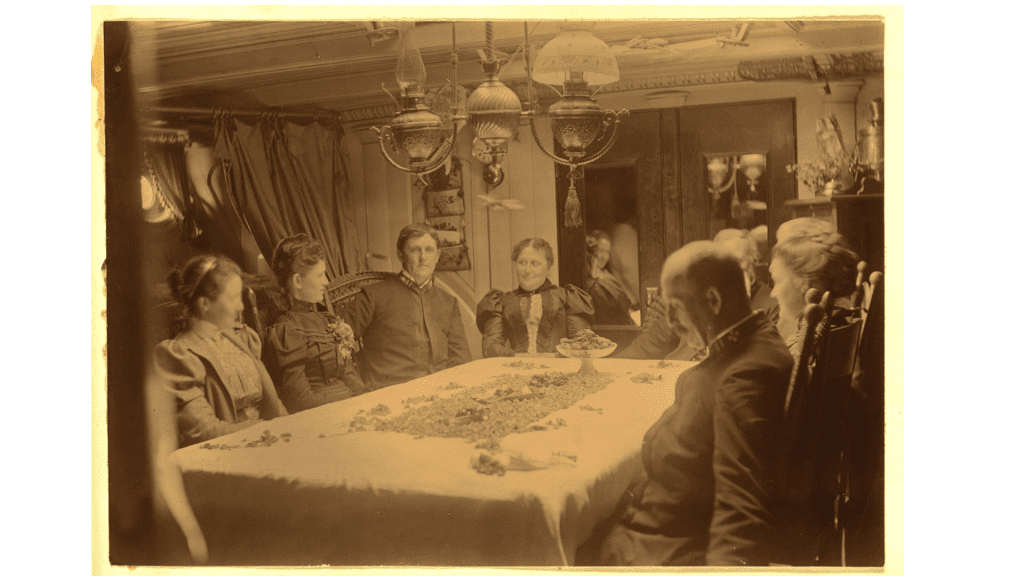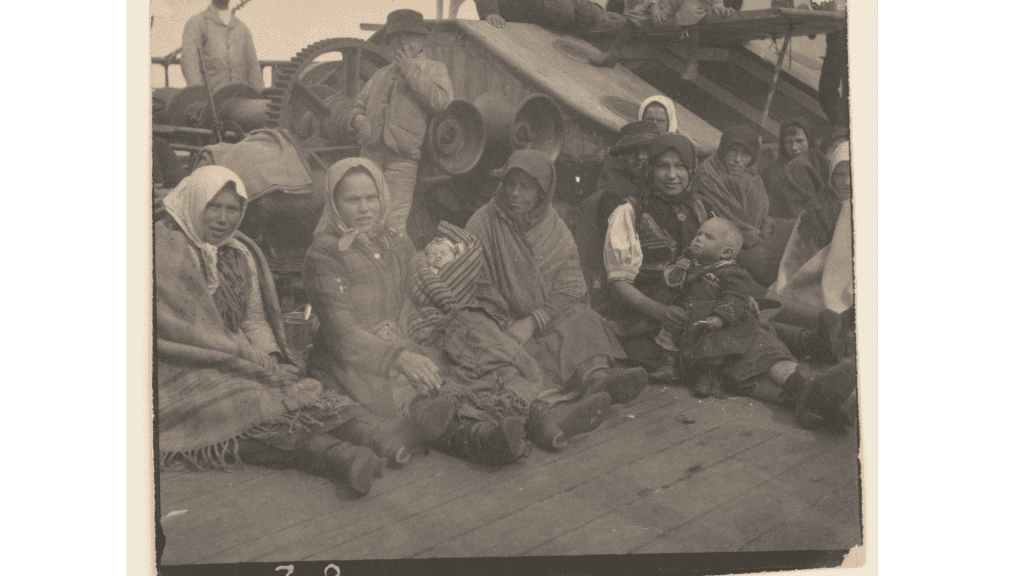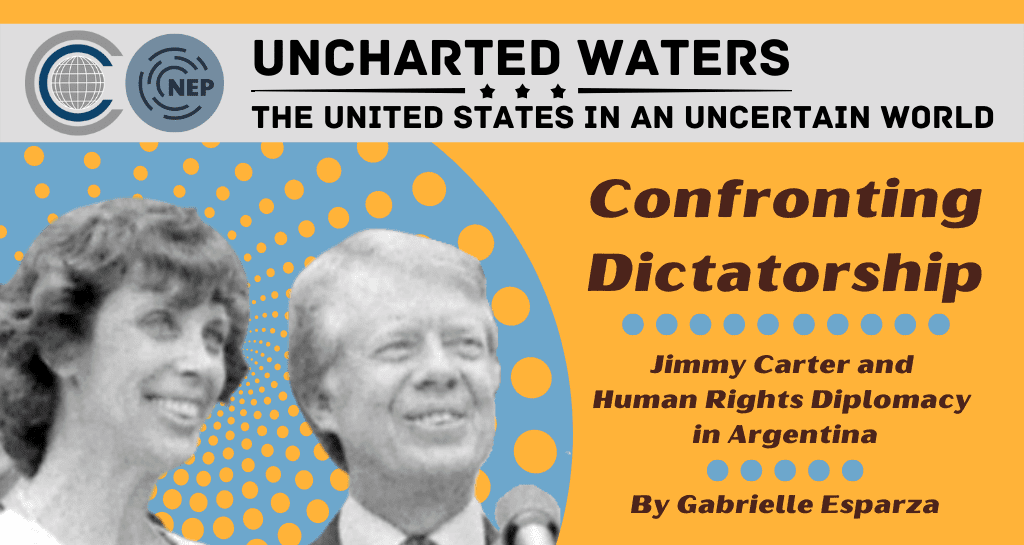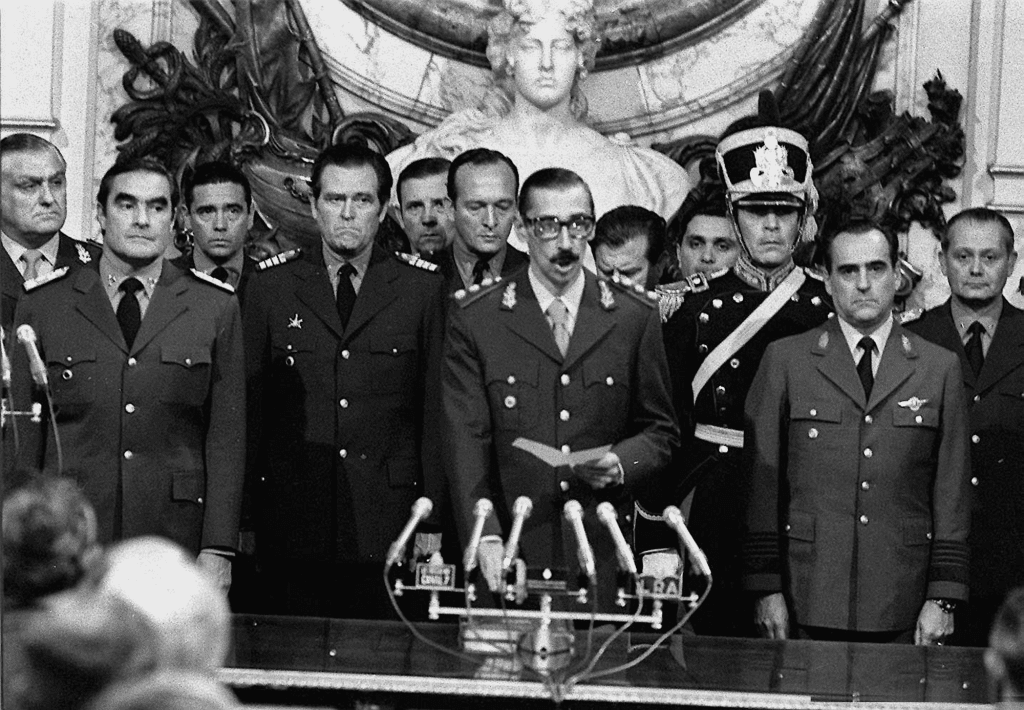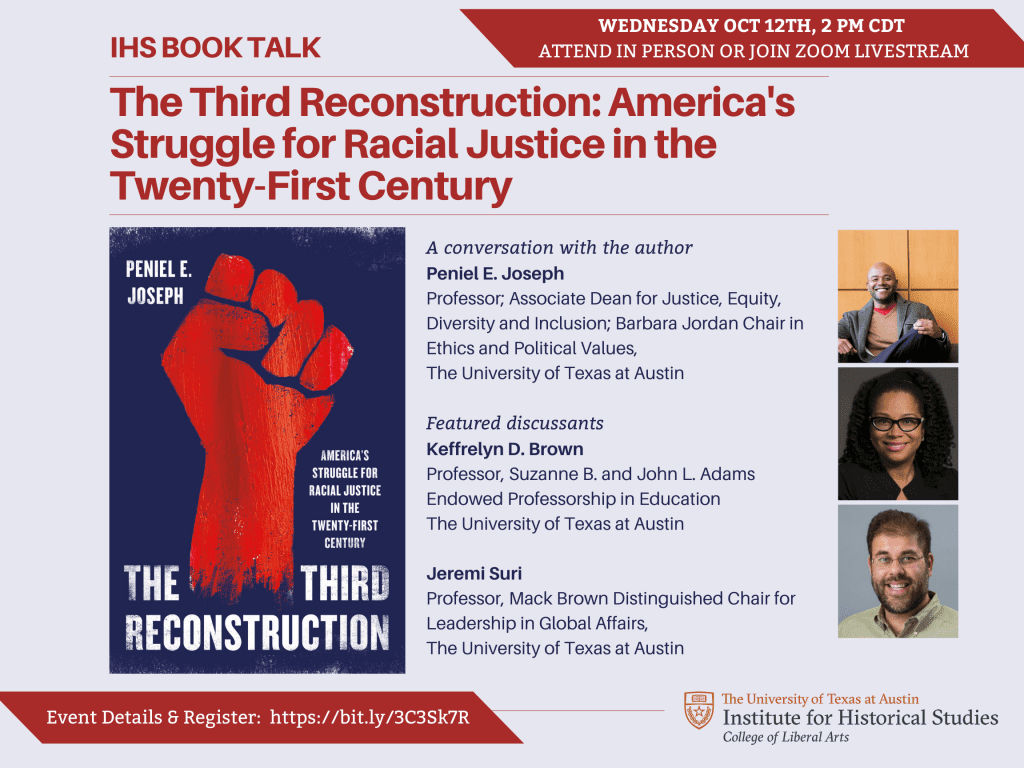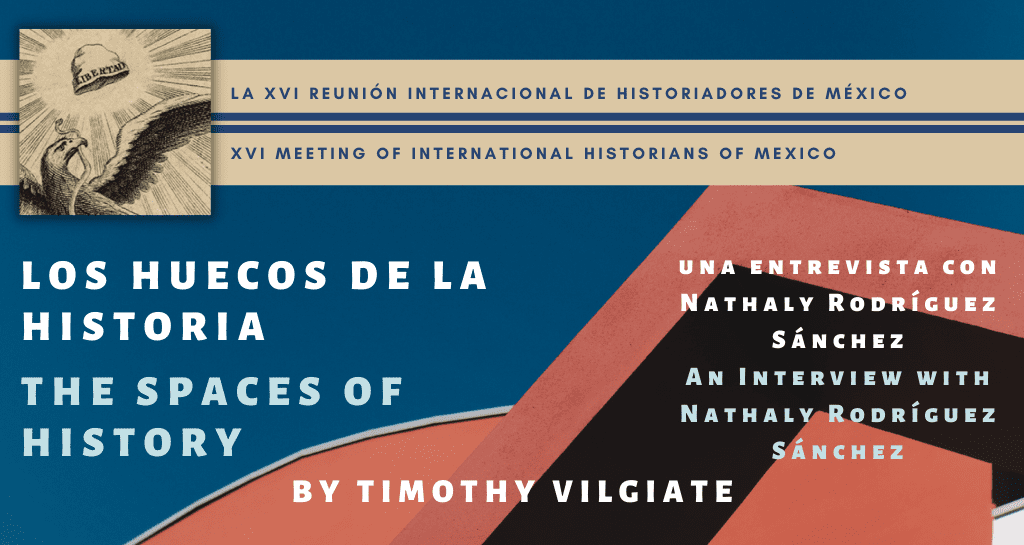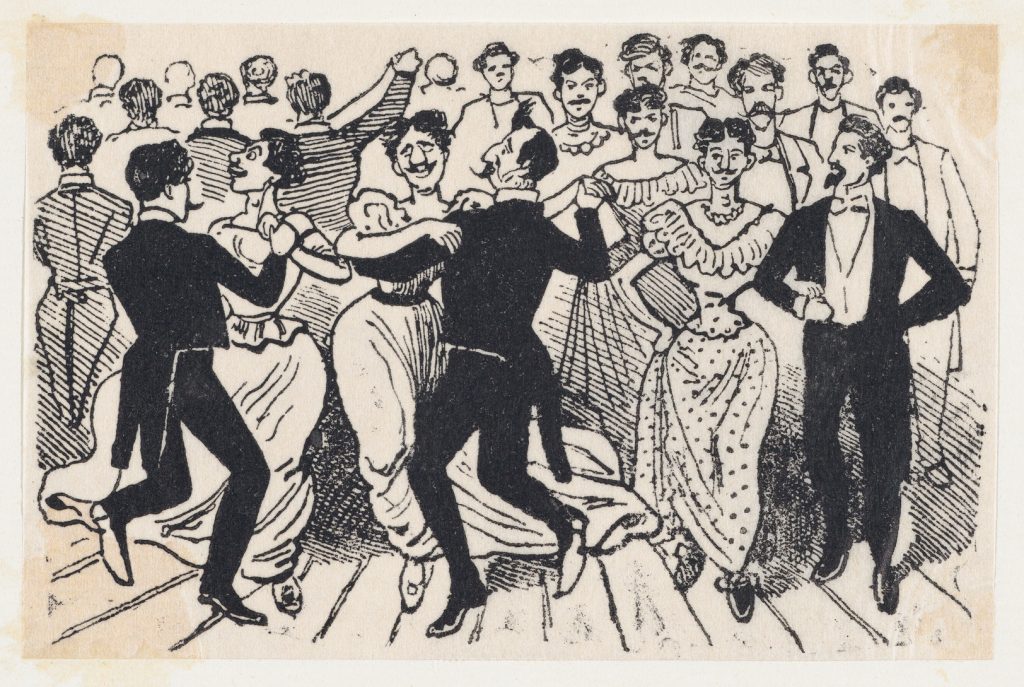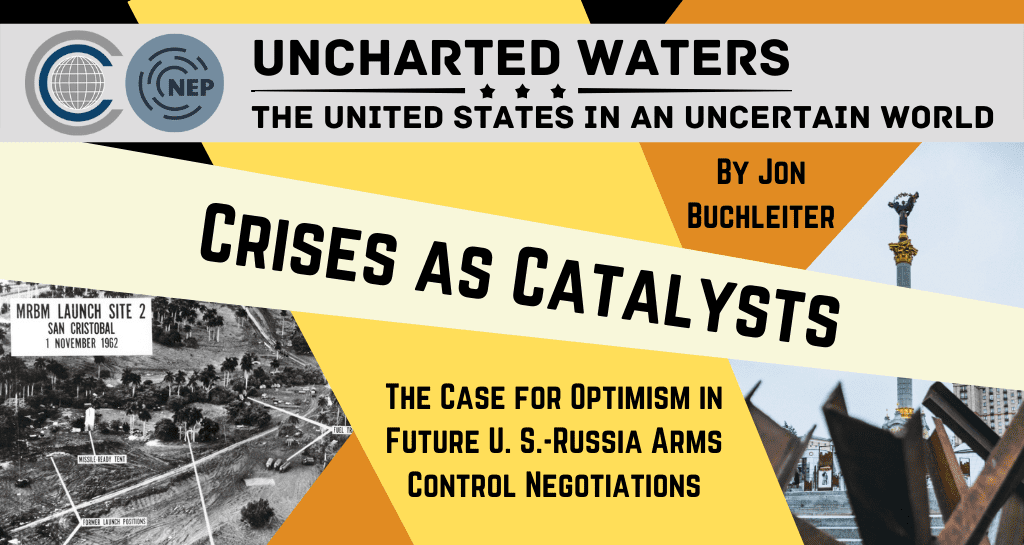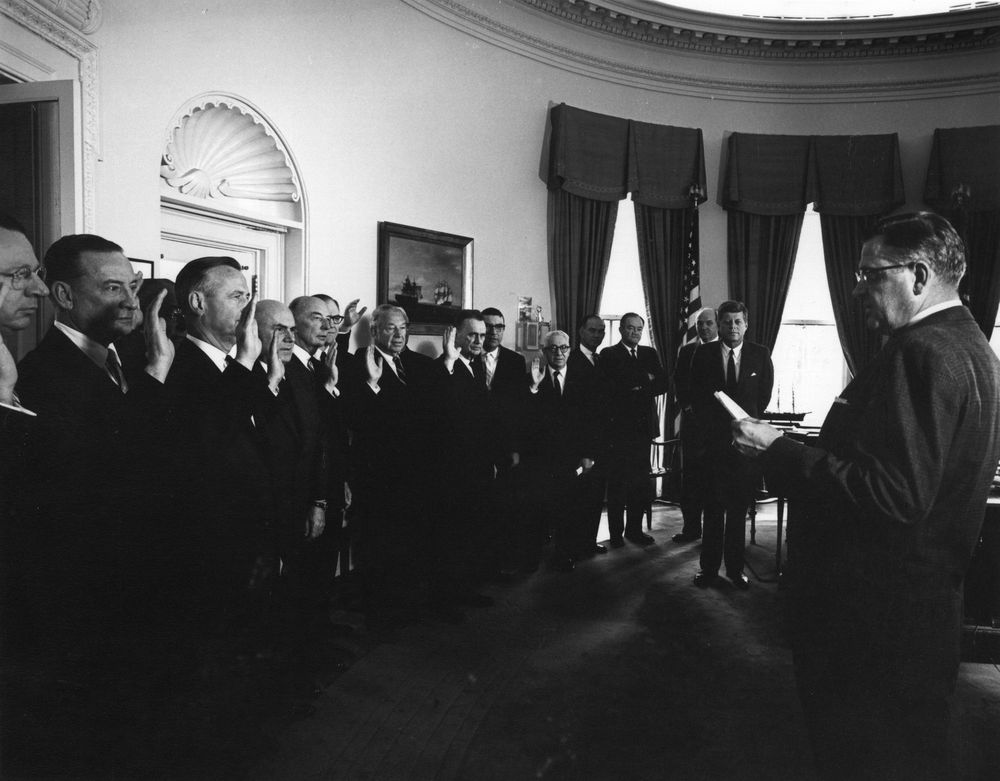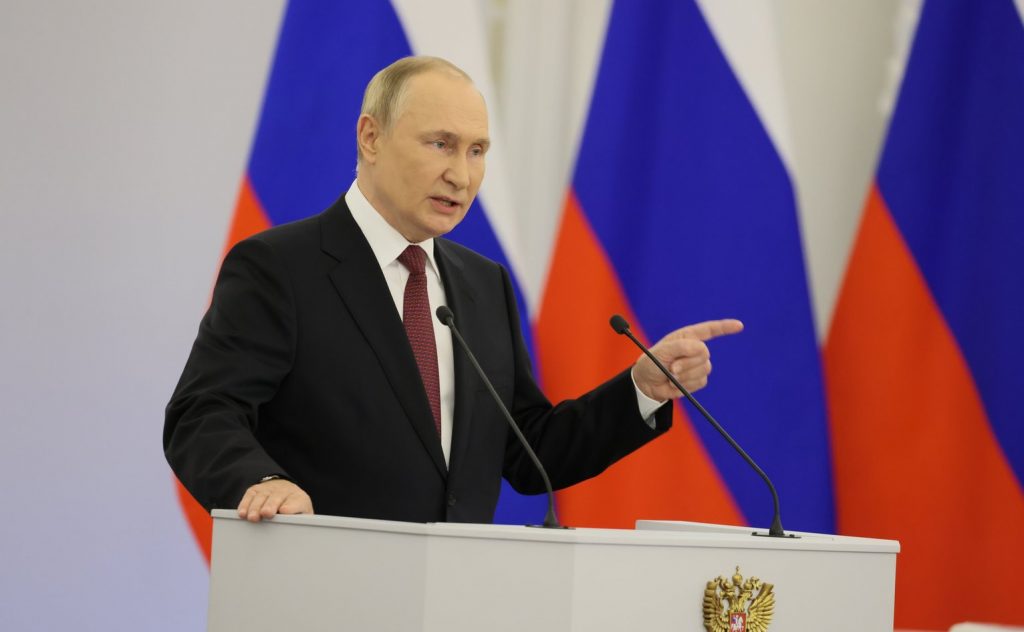
This week, Jeremi and Zachary talk with Jill Lepore about her new book, These Truths: A History of the United States, and why an acknowledgement and understanding of our country’s true past can unite us.
Guest
Jill Lepore is the David Woods Kemper ’41 Professor of American History at Harvard University. She is also a staff writer at The New Yorker. Professor Lepore is the author of numerous prize-winning and bestselling books, including: The Name of War: King Philip’s War and the Origins of American Identity; New York Burning : Liberty, Slavery, and Conspiracy in Eighteenth-Century Manhattan; The Secret History of Wonder Woman; and These Truths: A History of the United States.
About This Is Democracy
The future of democracy is uncertain, but we are committed to its urgent renewal today. This podcast will draw on historical knowledge to inspire a contemporary democratic renaissance. The past offers hope for the present and the future, if only we can escape the negativity of our current moment — and each show will offer a serious way to do that! This podcast will bring together thoughtful voices from different generations to help make sense of current challenges and propose positive steps forward. Our goal is to advance democratic change, one show at a time. Dr. Jeremi Suri, a renowned scholar of democracy, will host the podcast and moderate discussions.
The views and opinions expressed in this article or video are those of the individual author(s) or presenter(s) and do not necessarily reflect the policy or views of the editors at Not Even Past, the UT Department of History, the University of Texas at Austin, or the UT System Board of Regents. Not Even Past is an online public history magazine rather than a peer-reviewed academic journal. While we make efforts to ensure that factual information in articles was obtained from reliable sources, Not Even Past is not responsible for any errors or omissions.
